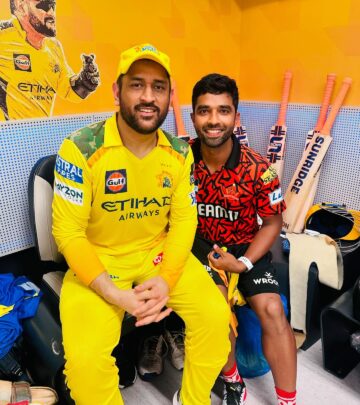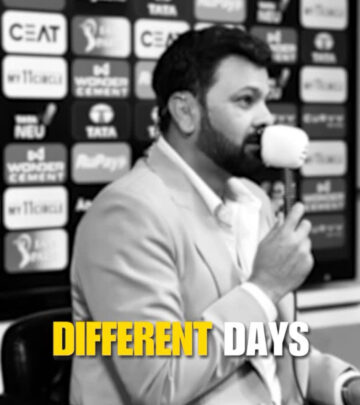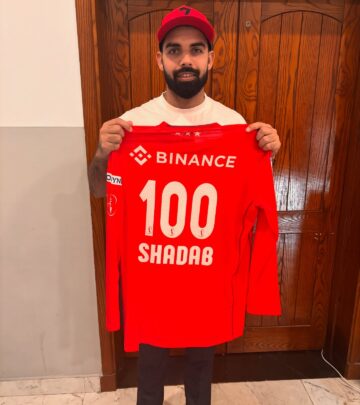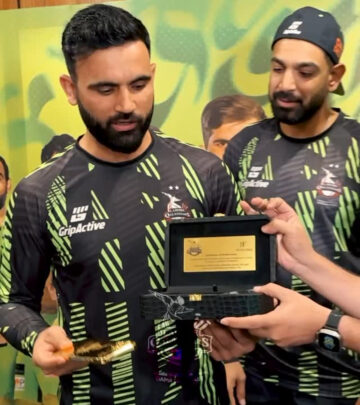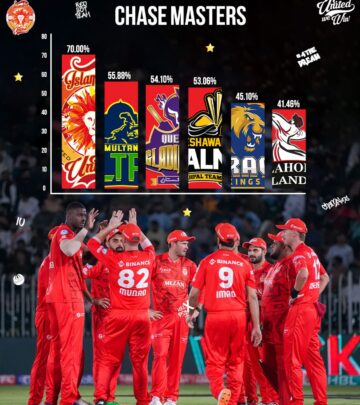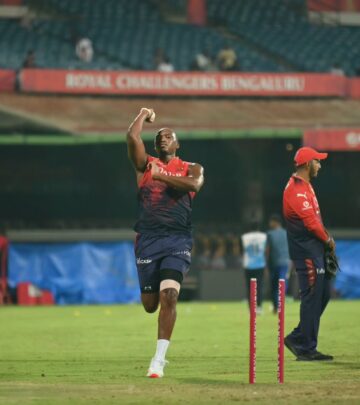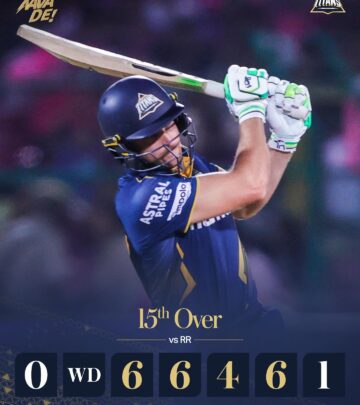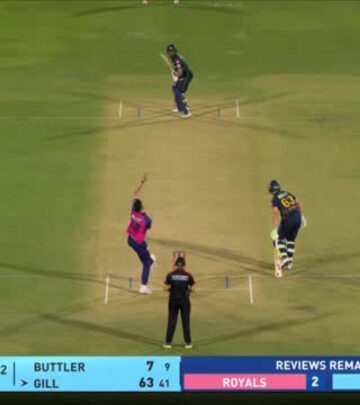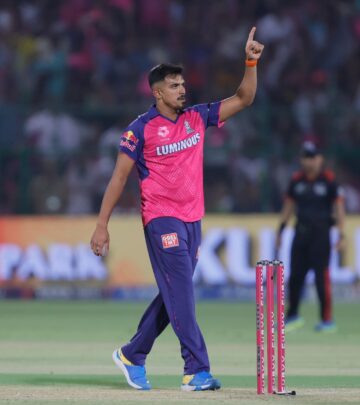PaceLab Unveils New BS:PL Proxy Tool For Advanced Cricket Bowling Workload Monitoring
Revolutionary system measures bowling efficiency through precise force and power calculations
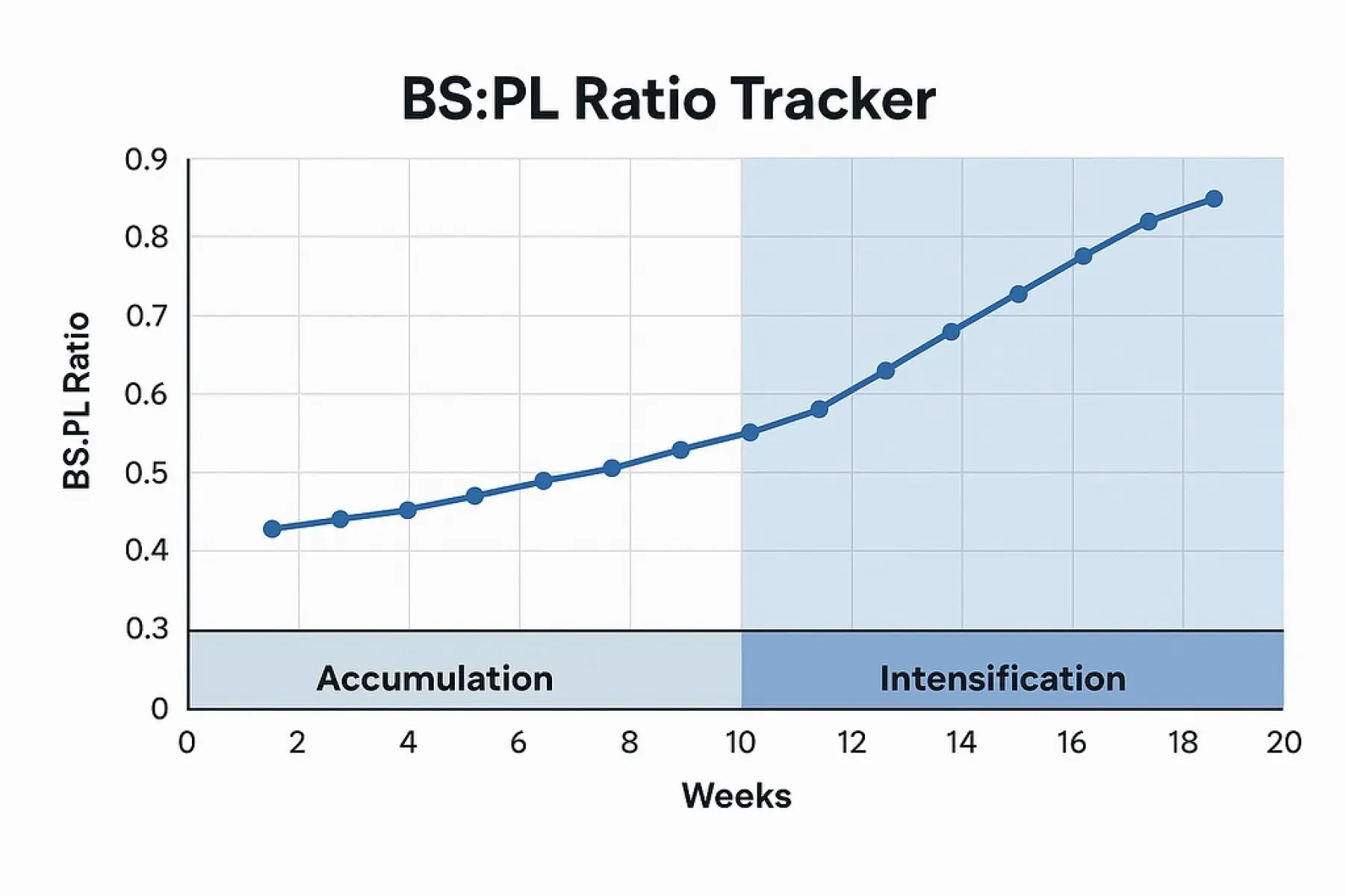
Image: Instagram
Former professional cricketer turned bowling coach Steffan Jones has introduced a groundbreaking new tool for cricket fast bowlers – the PaceLab “PL Proxy” workload monitoring system that promises to revolutionize how bowling intensity is measured and regulated.
The BS:PL Ratio: Engineering Bowling Efficiency
The newly unveiled system, called the BS:PL Ratio (Ball Speed to Player Load Proxy), functions as a performance efficiency metric specifically designed for fast bowlers. According to Jones, the tool measures how much ball speed in miles per hour is produced per unit of biomechanical load during a bowling delivery.
“The higher the BS:PL, the more efficiently a bowler converts physical effort into speed,” Jones explained in his detailed Instagram post introducing the technology.
The PL Proxy (Player Load Proxy) operates by collecting and analyzing four key outputs from the 1080 Sprint system during a bowler’s approach and delivery stride:
1. Impulse Stride Force (N)
2. Front Foot Contact (FFC) Force (N)
3. Impulse Stride Power (W)
4. FFC Power (W)
These measurements are then combined using a specific formula:
PL Proxy = Impulse Force + FFC Force + Impulse Power + FFC Power
The final calculation divides the ball speed (mph) by the PL Proxy value to determine the efficiency ratio.
Practical Applications For Training And Match Play
What makes this system particularly valuable for coaches and players is its ability to differentiate between training and match intensities. Jones outlined how the system functions in practical application:
“In early phases of training, bowlers operate at 70–85% of match-day PL Proxy values to build capacity. As the season approaches, the training load gradually increases, converging with match-day intensity zones (95–100%) based on each bowler’s historical match-day BS:PL ratio.”
The continuous tracking of the BS:PL ratio allows coaches to ensure bowlers aren’t undertrained with insufficient physical load or overloaded with excessive demands relative to their desired ball speed output. This scientific approach enables targeted adjustments for recovery, overload, or technical efficiency, aligning physical demand with tactical goals.
The PaceLab Approach To Fast Bowling
Jones, who played county cricket for Somerset, Northamptonshire, Derbyshire and Kent between 1997 and 2011, has established himself as a forward-thinking coach through his PaceLab training system. After his playing career, Jones transitioned into coaching and has worked with teams including Rajasthan Royals in the IPL.
The PL Proxy system represents Jones’ data-driven approach to coaching. In his announcement, he emphasized: “This is unique to PaceLab and how we look at things. I don’t deal in opinions and my past playing experiences. I’m now a coach who is governed by the 10 PaceLab principles which are underpinned by data and sports science.”
Beyond The PL Proxy: PaceLab’s Comprehensive System
This latest innovation appears to be part of a larger framework Jones has developed. In recent posts, Jones has detailed other aspects of the PaceLab system, including what he calls the “Adaptable Microcycle” – a training framework powered by AREG (Autoregulation of Exercise and Recovery) and drop-off metrics.
In an earlier post, Jones explained how the BS:PL Ratio has become “one of PaceLab’s most powerful metrics,” providing deep insight that helps coaches “monitor session efficiency, track fatigue, and compare bowlers with different mechanics and fiber types.”
The system also guides load management across training cycles, creating what Jones describes as “a real-time feedback loop that helps us train bowlers smarter and harder.”
Data-Driven Approach To Fast Bowling Development
Jones has built what he calls “one of the most comprehensive fast bowling databases in the world,” covering bowlers from youth levels to international test players. This database captures metrics including ground contact times, sprint data, isometric strength measurements, ball velocity across weighted balls, med ball throws, and various jump data.
“Despite differences in age, size, and skill level—elite bowlers do some things the same,” Jones noted in another post. “The best share identifiable attractors in how they move, how they load, and how they transfer force.”
This evidence-based approach allows the PaceLab system to identify what elite bowlers do well, measure those qualities in developing bowlers, and train toward them without compromising individuality.
The Future Of Fast Bowling Training
Jones concluded his announcement of the PL Proxy with a forward-looking statement: “The future is plotted for you. Just trust the process.”
With PaceLab expanding its operations (Jones has mentioned official PaceLab accounts appearing on more continents in 2025), this scientific approach to fast bowling development appears poised to influence cricket training methodologies worldwide.
For fast bowlers looking to optimize their performance through data-driven methods, Jones’ innovative PL Proxy system represents a significant advancement in understanding the relationship between physical exertion and bowling output.
Read full bio of Joyce







